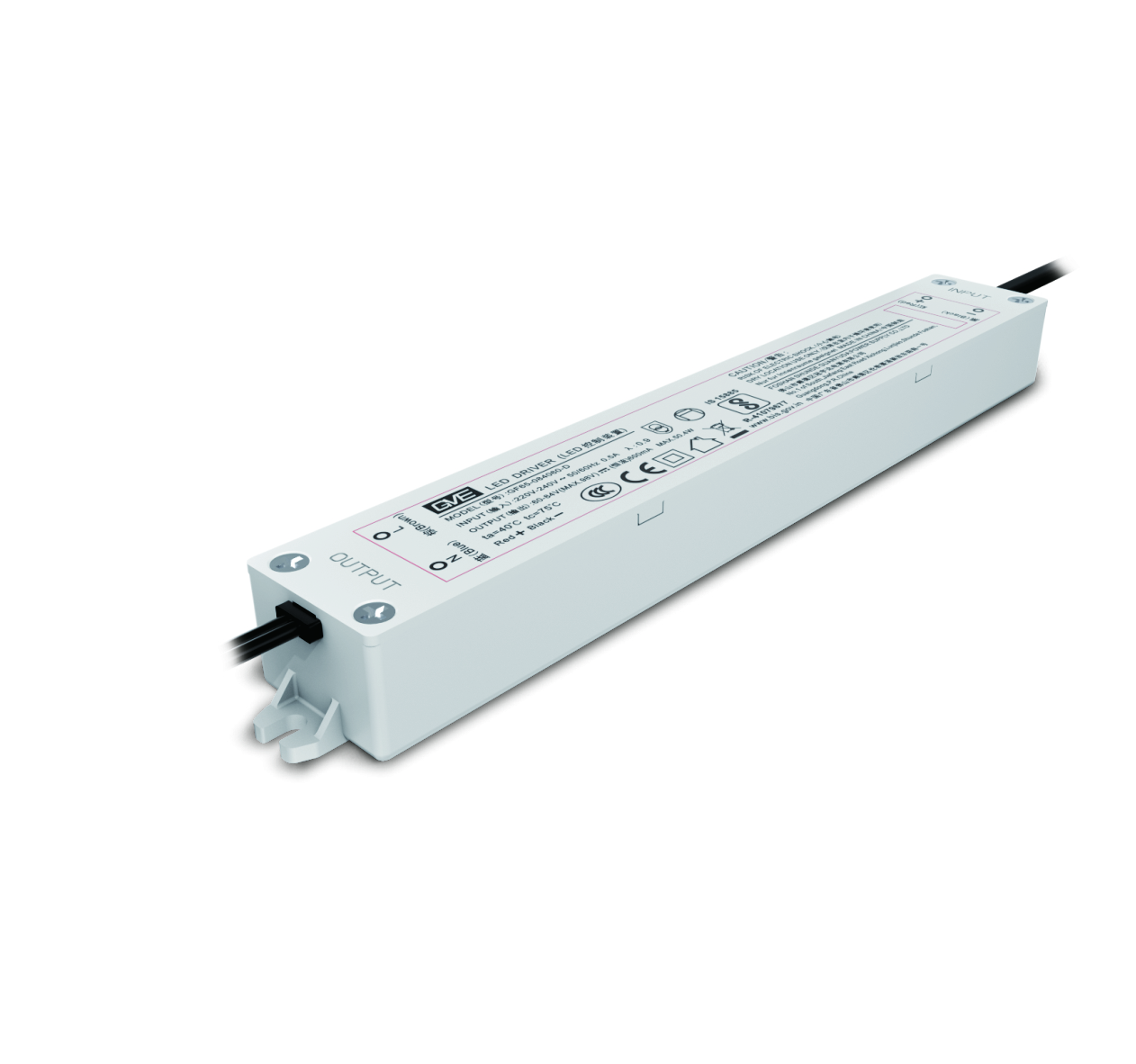LED Driver
Light Emitting Diodes (LEDs) have become the go-to choice for their energy efficiency, durability, and versatility. However, the efficient functioning of LEDs is not solely dependent on the diode itself but also on a crucial component known as the LED driver. Understanding what an LED driver is and its role in LED lighting is fundamental to appreciating the optimal performance and longevity of LED-based systems.
LED Drivers
An LED driver is an essential electronic device that regulates the power supplied to an LED or an array of LEDs. It transforms higher voltage, alternating current (AC), or direct current (DC) power into a suitable lower voltage and current required by the LEDs.

Functionality of LED Drivers
Regulation of power:
LED drivers manage and control the power input to maintain consistent current, voltage, and overall power flow, ensuring stable operation of the LEDs.
Voltage transformation: They convert the incoming voltage to match the specific voltage requirements of the LEDs, preventing damage from voltage fluctuations.
Current regulation: LED drivers maintain a constant current supply to LEDs, ensuring uniform brightness and preventing overheating or premature failure.
Dimming control: Many LED drivers offer dimming functionalities, enabling adjustable light output according to the user's preference or automated lighting systems.
Types of LED Drivers
Constant Current LED Drivers:
Ideal for maintaining a steady flow of current to LEDs, ensuring uniform brightness and longer lifespan.
Constant Voltage LED Drivers: Suited for LED strips or modules that require a fixed voltage supply, providing consistent power without fluctuation.
Importance of LED Driver in LED Lighting
Enhancing efficiency:
LED drivers contribute significantly to the overall efficiency of LED systems by regulating power, reducing energy wastage, and improving longevity.
Ensuring reliability: By controlling voltage and current, LED drivers protect LEDs from voltage spikes, current surges, and variations, thereby extending their lifespan.
Dimming capabilities: LED drivers equipped with dimming functionalities offer flexibility and energy savings, catering to various lighting requirements.
Compatibility and adaptability: LED drivers come in various forms and sizes, ensuring compatibility with diverse LED fixtures and applications.
Factors to Consider When Choosing LED Drivers
Voltage and current requirements of LEDs:
Selecting an appropriate driver that matches the voltage and current needs of the LEDs is crucial for optimal performance.
Dimming requirements: Determine if dimming functionalities are necessary and ensure compatibility with the chosen LED driver.
Environmental conditions: Consider factors like temperature range, humidity, and exposure to ensure the chosen driver can withstand the intended environment.
